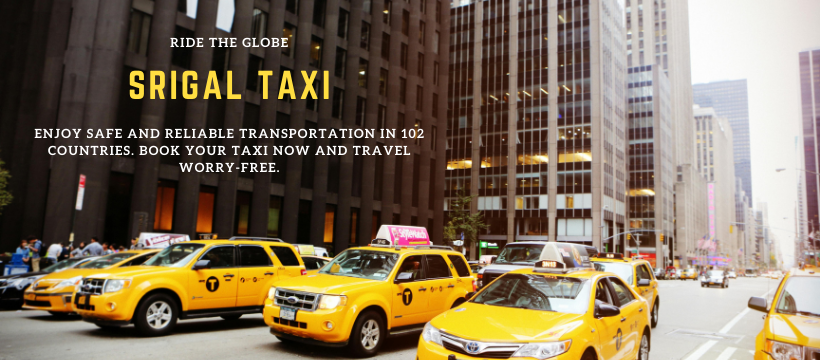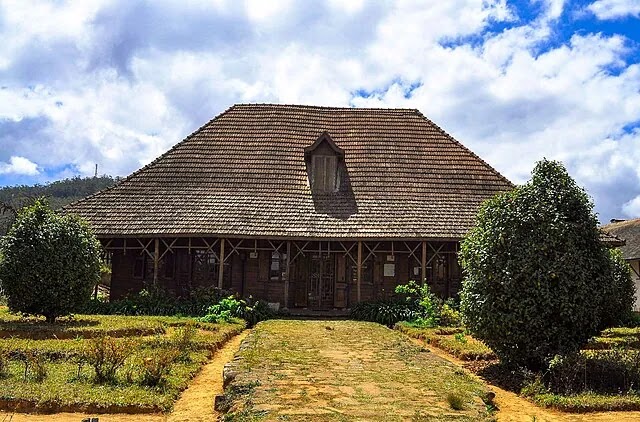
Mantasoa is a fantastic town in the African state famous as Madagascar. The location of it is in the district of Manjakandriana. It is in the Analamanga Region of this country.
This town had 10,604 people in 2018. This municipality includes 60 villages. They are in 11 Fokontany, 68 km East of Antananarivo.

Mantasoa has 20 schools: 14 are primary, and six are secondary. The majority, 95.5% of the people in the commune are farmers. Another 0.5% raise livestock.
The most important crop is rice. Other notable products are beans, cassava, and sweet potatoes. Services employ 3% of the population.
More Information About Mantasoa
Fishing employs 1%. The lake takes up 20,05 km2 (18.9%) of the municipality’s surface. Agriculture covers 9 km2. Rice covers 3,1 km2, and other crops cover 5,71 km2.
West of this reservoir is private land with Eucalyptus and Pinus plantations over 15.73 km2. Only 3.1 km2 of the original forests remain. This weekend destination is ideal for relaxation.
Calm and serenity reign here. The area is witness to Madagascar’s first industrialization. It is now an open-air museum.
It has an artificial lake, Jean Laborde’s wooden house and tomb, and the old buildings and ovens. Construction has started on an industrial center.
When you think of Mantasoa, you see the lake. It all started with building an industrial city. They made guns, cannons, balls, lightning rods, bricks, pottery, glass, and porcelain.
They also made soap and candles. They made jewelry, sealing wax, paper, fabric, and leather. They also made fake flowers, musical instruments, and liqueurs.
Queen Ranavalona I wanted to industrialize the country alone, without European help. She gave Jean Laborde control. In 1837, he drew a city with his hands.
It was on marshy ground surrounded by partly forested hills and dotted with gneiss. They cleared the site to install sewer lines and raise dikes.
They also built stone buildings and several ovens. The ovens were for carburizing, pottery, lime, and ironwork. They finished the blast furnace in 1841.
The swamps have become lakes. They make a reservoir to control the Ikopa River. It protects the Betsimitatatra plain and its rice fields from flooding.
They used a channel to distribute hydraulic energy for machines and furnaces. Jean Laborde calls this city Soatsimanampiovana, or unchanging beauty.
The activities also include silkworm breeding, powder magazines, and shops. A zoo with African antelopes has even been set up there for the queen’s entertainment.
The workers and supervisors lived in red rooftop huts. The officers and the Prime Minister regularly stayed there in pleasure houses.
Of course, the queen had her residence there. It had a swimming pool with constantly renewed water. A throne dominated the house.
She liked to sit on top and watch the workers. She also preferred to listen to the noise of factories, water wheels, and reamers.
Jean Laborde also built his house and tomb, thereby Malagasy custom. The Mantasoa industrial complex shut down.
It happened when Jean Laborde went into exile on Reunion Island in 1855. People abandoned everything until the colonial period. Then, the water wheels started to turn again.
They reused the machine tools. The authority restarted the electric motors. Someone has turned the old buildings into a military post and a regional school.
The site became a park. People could discover the past glory of this industry, Jean Laborde’s wooden house and tomb.
A forest of eucalyptus trees at 1,500 meters altitude plunges visitors into a magical world. Crocodiles, snakes, turtles, chameleons, sifaka, and butterflies add fun to your visit!
- THE GREAT NILE: 7 FACTS ABOUT THE LONGEST RIVER IN THE WORLD
- THE LARGEST HOT DESERT IN THE WORLD: THE GREAT SAHARA
- THE LARGEST MOUNTAIN IN AFRICA: MOUNT KILIMANJARO

A Bangladeshi entrepreneur. A person who loves nature, a web developer, and the founder of Srigal and Nehrin.